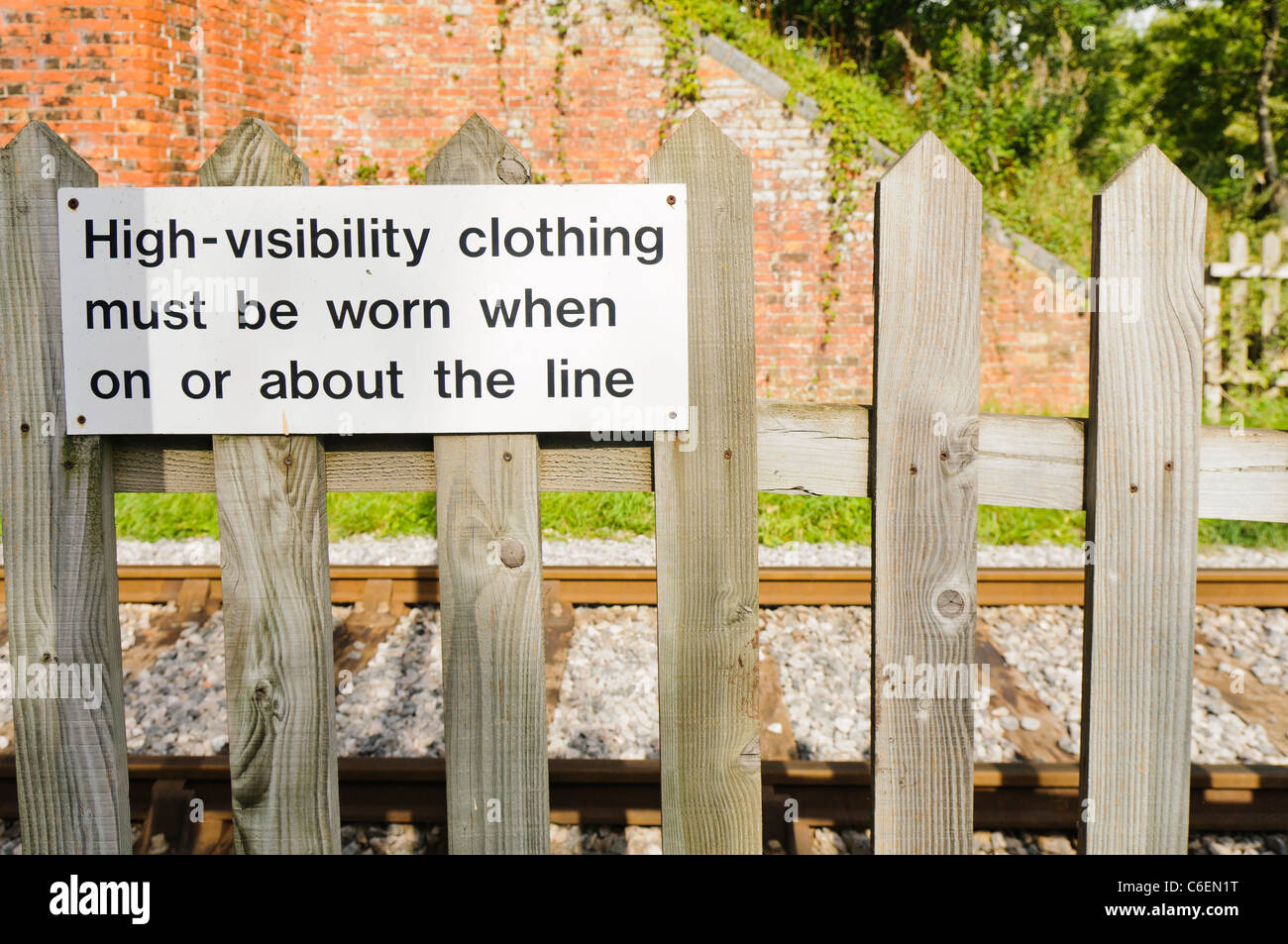When it comes to selling your photos on Alamy, understanding visibility settings is crucial. Alamy provides photographers with various tools to manage how their images are displayed to potential buyers. It’s like adjusting the settings on your camera for the best shot; a little tweak can make a huge difference!
Here are some key aspects of Alamy's visibility settings:
- Searchability: This refers to how easily your images can be found in Alamy's vast library. Keywords and descriptions play a significant role here. Make sure you’re using relevant terms!
- Licensing Options: Depending on how you set the licensing parameters of your images, they may not appear in certain searches. Familiarize yourself with different types of licenses offered by Alamy to optimize your exposure.
- Categories and Tags: Proper categorization and tagging help your photos appear in the right searches. Be specific and thorough in tagging your images; this improves the chances of them being discovered.
- Global Exposure: Alamy allows you to choose where your images can be seen globally. If you’re targeting a specific market, ensure that your settings reflect that.
Lastly, keep in mind that these settings can influence not only the visibility of your photos but also your potential earnings. The goal is to maximize both so that your stunning photography reaches those who need it!
Common Reasons Your Photos Aren't Visible

It’s frustrating to put effort into your photography only to find that your images aren’t receiving the attention they deserve. There can be several reasons for this, and luckily, many of them are easy to fix!
Here are some common culprits that might be hindering the visibility of your photos on Alamy:
- Poor Keywords: Using generic or insufficient keywords can lead to your images being buried under a pile of other similar photos. Take some time to brainstorm specific and compelling keywords that accurately describe your subject matter.
- Weak Descriptions: Alongside keywords, your photo descriptions must be engaging and informative. Avoid one-liners and aim for descriptions that tell a story about the image, perhaps including the mood, setting, and context.
- Improper Categorization: If you don't categorize your images appropriately, you’re likely missing out on potential buyers searching in specific categories. Ensure that you choose the most relevant category that aligns with the content of your photo.
- License Settings: If your images are set to a restrictive license type, they might not show up in searches that are looking for more flexible options. Consider reviewing your license settings to ensure they fit the market’s demand.
- Low Image Quality: Alamy has quality standards, and submitting low-quality images might result in them being rejected or hidden. Always ensure that your files are sharp, well-composed, and meet the platform's technical requirements.
- Time since Upload: Newer uploads might take some time to gain traction. Patience is key here, along with continuous promotion of your work on social media or blogs to draw attention to your portfolio.
By addressing these issues, you can significantly improve the visibility of your photos on Alamy. It’s all about making sure your images have the best potential to be seen and appreciated by the right audience!
Also Read This: What Makes VectorStock the Optimal Choice for Creative Professionals
3. Step-by-Step Guide to Checking Your Photo Visibility

So, you've uploaded your stunning photos to Alamy, but are you sure they're actually visible to potential buyers? Don't worry, checking your photo visibility is straightforward. Here’s a step-by-step guide to help you verify that your images are being shown and are easy to find!
Step 1: Log in to Your Alamy Account
The first thing you need to do is sign in to your Alamy account. Make sure you use the credentials associated with your contributor profile. This will give you access to your photos and their visibility status.
Step 2: Navigate to Your Photos
Once you're logged in, head over to the "Images" section on your dashboard. You’ll see a list of all the photos you’ve uploaded. This area provides an overview of your images, including metadata and visibility status.
Step 3: Check the Visibility Status
Each photo will have a visibility indicator. Here’s what to look for:
- Live: Your photo is visible for sale and can be searched by customers.
- Pending: Your photo is still being reviewed by the Alamy team. Once approved, its status will change to live.
- Rejected: If your photo is rejected, it won't be visible until you correct any issues and re-upload.
Step 4: Perform a Search
To further check visibility, try searching for your photo in Alamy’s search bar using relevant keywords. If your image appears in the results, congratulations! Your photo is accessible to potential buyers. If it doesn’t show up, you might need to optimize your keywords or descriptions.
Step 5: Review Your Metadata
Look closely at the metadata for each image. Make sure you have included:
- Keyword tags that describe your photo content accurately.
- A clear and informative title.
- A detailed description that highlights important elements of the photo.
All this information helps improve your visibility in search results!
Step 6: Monitor Changes
Keep an eye on your photos periodically. Occasionally, Alamy may adjust their algorithms or introduce new features that could affect visibility, and staying informed can help you adapt quicker!
Also Read This: Top Strategies to Improve Your Discoverability on Alamy as a Contributor
4. Best Practices for Uploading Photos to Maximize Visibility

Now that you know how to check visibility, let’s explore some best practices that can enhance your chances of getting your photos seen on Alamy. After all, uploading great photos is just the first step!
1. Focus on Quality
High-quality images are essential. Clear, sharp, and well-composed photos are more likely to attract buyers. Always ensure that your images are at least minimum resolution requirements, and avoid any noise or artifacts.
2. Optimize Your Metadata
As we mentioned earlier, metadata plays a crucial role in visibility. Invest time in crafting relevant keywords, titles, and descriptions. Use synonyms and variations of your keywords to capture different search queries.
3. Use Relevant Categories
When you're uploading your images, make sure to select the most relevant categories and subcategories. This can help buyers find your work more easily.
4. Upload Consistently
Regular uploads can improve your visibility in Alamy’s system. Consider creating a consistent uploading schedule to keep your portfolio fresh and engaging.
5. Stay Informed about Trends
Keep up with current trends in photography and stock image demands. Photos that fit current events, seasons, or popular themes tend to sell better!
6. Leverage Social Media
Promote your Alamy portfolio through social media platforms. Sharing your work can drive traffic back to your images, increasing visibility and potential sales.
By following these best practices, you're setting your photos up for success on Alamy. Remember, visibility takes time and effort, but with the right approach, you’ll surely reap the rewards! Keep shooting, keep uploading, and watch your portfolio grow!
Also Read This: Alamy vs 500px: Choosing the Right Platform for Selling Photos
5. How to Optimize Your Alamy Profile for Better Exposure

If you want to be seen on Alamy, fine-tuning your profile is essential. Your profile is like your digital business card, and it plays a significant role in attracting potential buyers. Here are some strategies to help you optimize your Alamy profile and enhance your visibility:
- Choose a Compelling Profile Picture: Use a high-quality image that is professional and reflects your style as a photographer. Remember, first impressions matter!
- Craft an Engaging Bio: Make sure your biography showcases not only your expertise but also your personality. Share your journey, interests, and the types of photography you specialize in. Keep it concise but informative.
- Highlight Your Best Work: Your portfolio should include your strongest images. Curate a selection that represents your style effectively. Make sure to tag these images appropriately with relevant keywords.
- Utilize Keywords Wisely: Think like a buyer. Use relevant keywords that describe your work, style, and the emotions tied to your photos. This will help your images appear in searches when buyers are looking for specific content.
- Regularly Update Your Portfolio: Keep your profile fresh and relevant by adding new work regularly. This not only shows that you are active but also provides more options for potential buyers.
Don't forget the importance of social media as well! Share your Alamy portfolio on your personal and professional platforms to drive traffic to your profile. The more eyes on your work, the better your chances of making sales.
Also Read This: Unveiling The Most Downloaded Photos on Alamy: Insights into Popular and Profitable Content
6. Contacting Alamy Support for Assistance
If you've done all the troubleshooting and still face visibility issues, reaching out to Alamy's support team may be your best bet. They can offer specific advice and insights that are tailored to your situation. Here’s how you can effectively contact Alamy support:
- Check the Help Center: Before you contact support, take a look at Alamy’s Help Center. It’s packed with resources and FAQ sections that might answer your questions.
- Use the Contact Form: If you still have questions after exploring the Help Center, fill out Alamy’s contact form. Be sure to provide all necessary details about your issue, including your account information and specific concerns about visibility.
- Email Support: If you prefer direct communication, you can email Alamy’s support team. Make sure your email is clear and concise, outlining the problems you’re encountering. Adding screenshots can also help illustrate your concerns.
- Be Patient: Once you've reached out, give them a little time to respond. They handle many inquiries, and a thoughtful response can take some time. In the meantime, don't hesitate to continue optimizing your profile based on the tips we discussed.
Remember, effective communication is key. Being clear about your issues and providing relevant context can help Alamy support assist you more efficiently. So, don't hesitate to reach out – sometimes a little help goes a long way in boosting your visibility!
Conclusion: Ensuring Your Photos Are Seen on Alamy
In the competitive world of stock photography, ensuring that your photos are visible on platforms like Alamy is crucial for success. Visibility issues can stem from a variety of factors, but with a strategic approach, you can enhance your chances of being seen and sold. Here are key points to remember:
- Optimize Keywords: Research relevant keywords and include them in your image metadata. This helps in aligning your photos with potential buyers' searches.
- Quality Matters: Invest time in ensuring your photos meet Alamy's technical quality standards. High-resolution images are more likely to gain visibility.
- Consistent Uploads: Regularly uploading new content can improve your portfolio’s visibility. Aim for consistency to keep your profile active.
- Market Your Work: Promote your Alamy portfolio through social media and personal websites to drive traffic and increase visibility.
- Engagement: Participate in Alamy's community forums and engage with other photographers to gain insights and share strategies.
By following these strategies, you can significantly improve the visibility of your photos on Alamy. Remember, success won’t happen overnight, but with persistence and optimization, you can enhance your chances of making your work seen and appreciated by a wider audience. Stay proactive, keep learning, and adapt your strategies as needed for the best results.
 admin
admin








